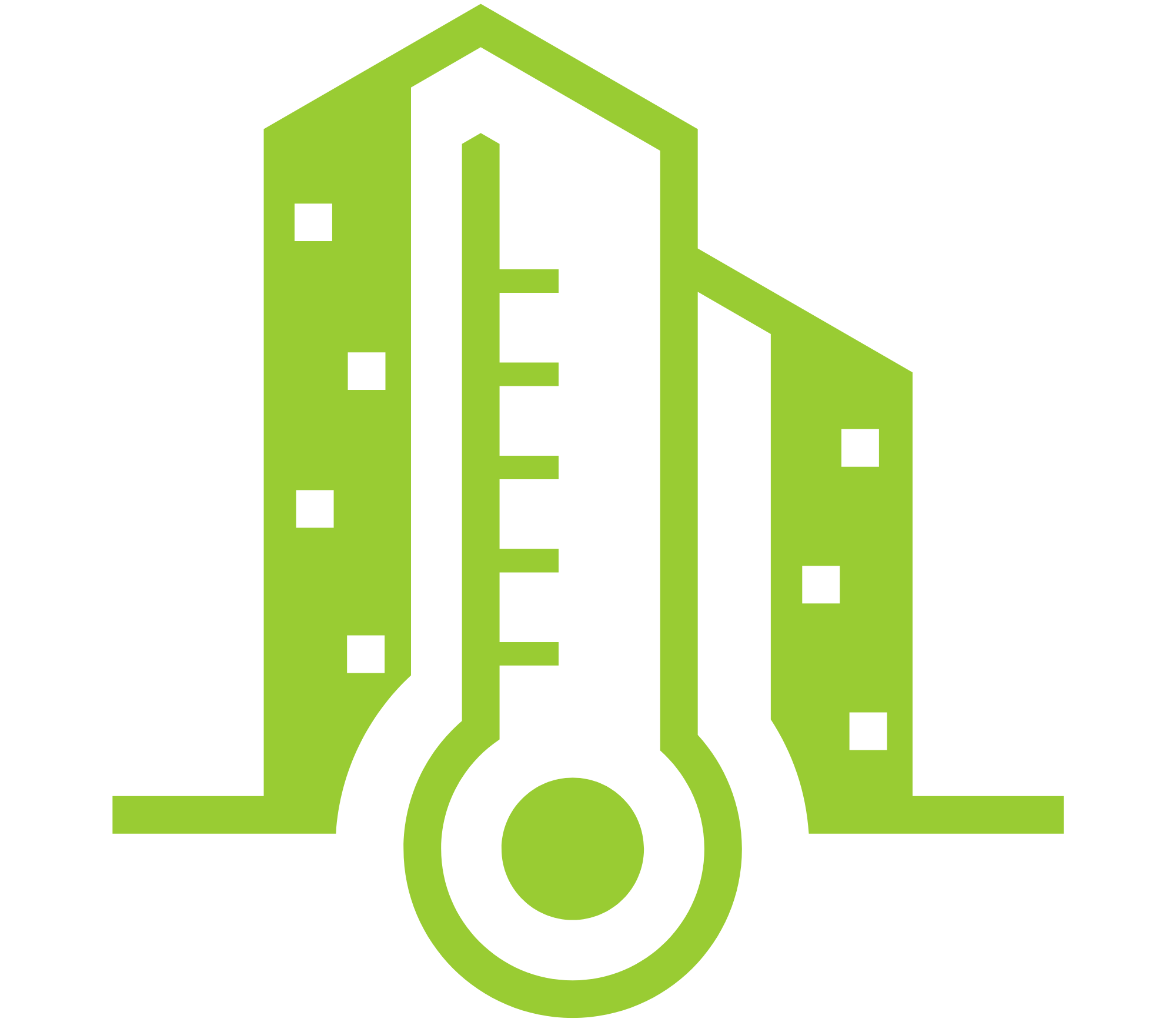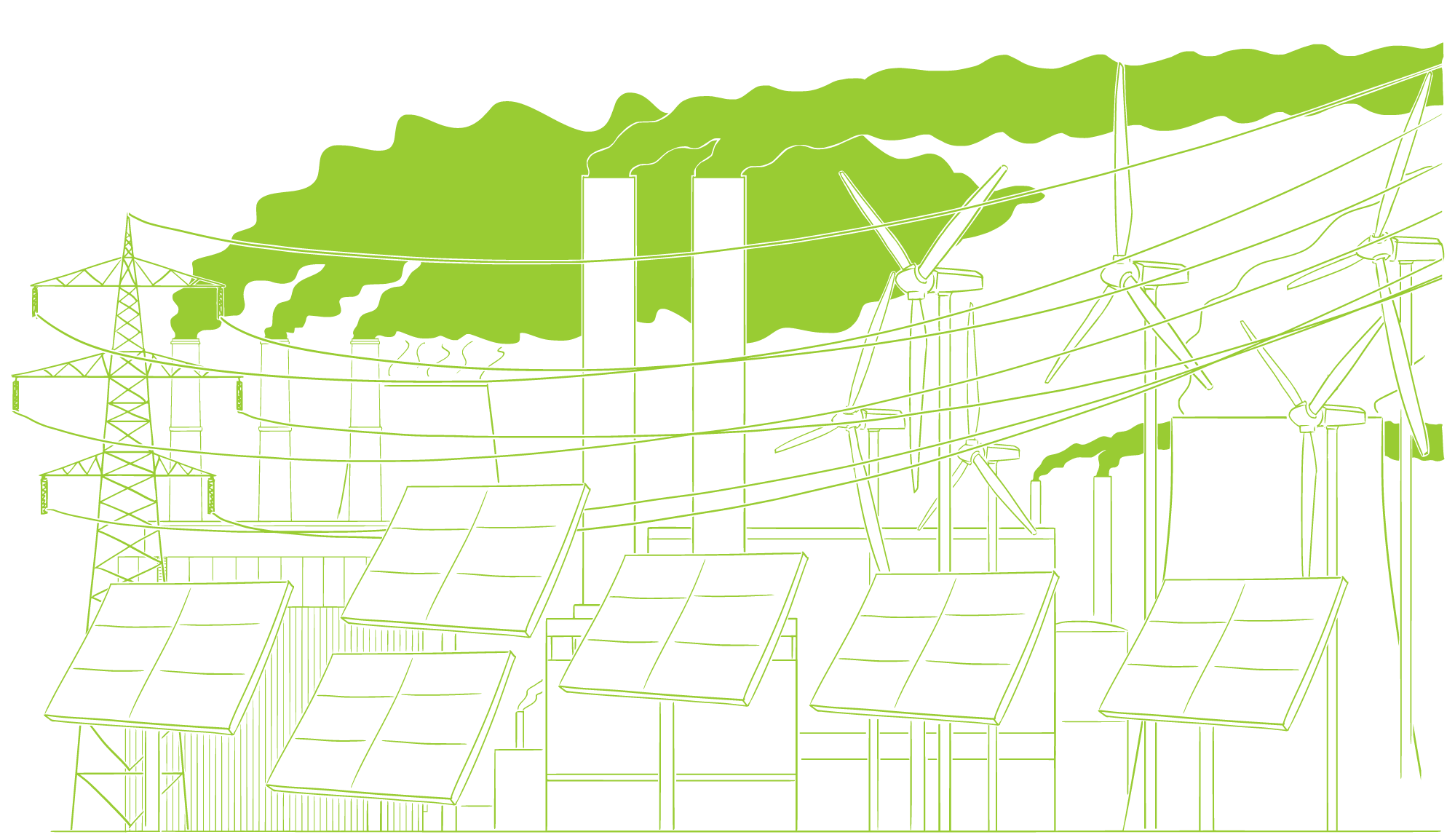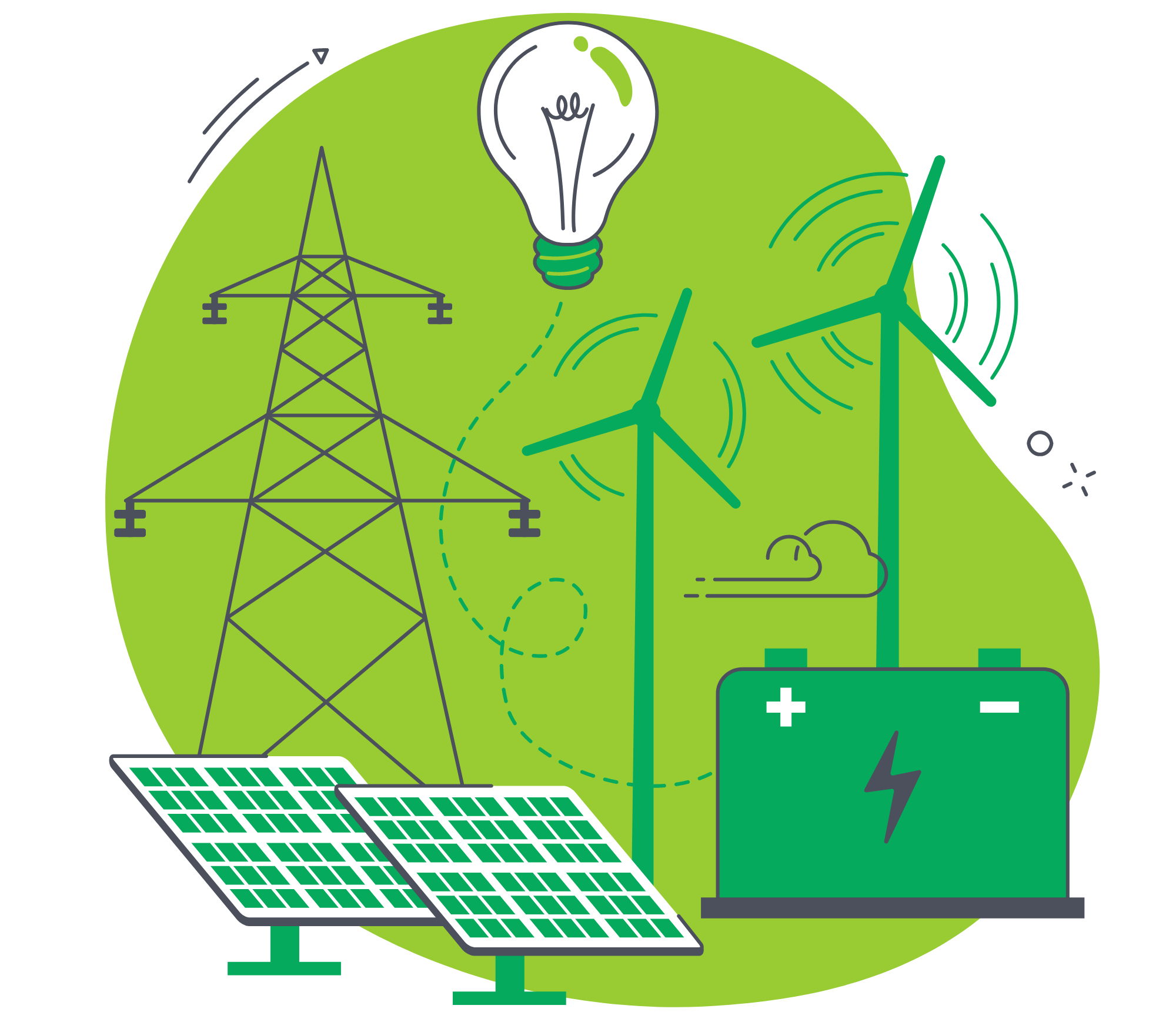IceRack™: Cut Costs and Boost Resilience for Cold Storage
IceRack™ is Michaels Energy's thermal energy storage (TES) solution engineered for frozen and refrigerated storage facilities as well as utilities seeking innovative, grid-beneficial management strategies. It reduces peak demand, lowers energy costs, and strengthens grid flexibility—all while maintaining consistent temperature control.
Whether you're managing a cold storage warehouse, food processing facility, or distribution center, IceRack™ helps you shift refrigeration load to off-peak hours without compromising product safety or uptime.
Meet with our energy storage expert to explore a custom IceRack™ solution for your facility.


Who Is It For?
- Cold Storage Warehouses
- Food & Beverage Manufacturing
- Grocery and Wholesale Distribution Centers
- 3PL Refrigerated Logistics Facilities
- Utilities Needing Grid Resiliency Solutions
Start your tailored IceRack™ evaluation today.
How Does It Work?
IceRack™ stores cooling energy by freezing water during off-peak hours (typically overnight), then uses that stored energy to reduce refrigeration system loads during expensive peak periods. This shifts energy consumption away from high-cost hours and reduces demand on the grid.
Connect with our team for a custom facility review.

Thermal Energy Storage Benefits
TES – 65 GW of DERs Ready for Deployment
At the end of 2022, there was 11 GW of grid-connected electric batteries in the U.S. The peak load is about 700 GW. About 10% of that peak load, or 65 GW, is commercial and industrial refrigeration and chilled water systems. This is a huge slice of untapped distributed energy resources for grid resilience and efficiency!
In our recent publication in the AESP Energy Intel Magazine, we explore how Thermal Energy Storage can solve this shortage while building a more resilience and efficient grid.


Golden Opportunities with Efficiency, Demand Response, & Electrification
The challenges of decarbonization are making low prices accessible to all customers and maintaining reliability and grid resilience. There are many mitigation strategies to minimize the frequent and large gaps between available supply and load.
In this paper, we explore strategies to shrink the gaps between available supply and load, including efficiency, thermal energy storage, building design, waste reduction, and demand response. A summary of the results and next steps are provided at the end.
Achieving Grid Resiliency with Thermal Energy Storage
In this webinar, Stan Nabozny and Jeff Ihnen of Michaels Energy introduce Thermal Energy Storage (TES) with PCMs as a cost-effective way to turn buildings into batteries and shift MWs of load from the grid. We review multiple case examples and applications of utilizing TES at scale for a more reliable and resilient grid.

Looking for a partner to help with your energy programs?
WE’D LOVE TO HELP.
Michaels Energy has been using our passion for all-things-energy to help building owners, utilities, consultants and partners save energy and design high performing systems, processes and programs since 1984. Energy efficiency, resource preservation, and long-term cost effectiveness are an integral part of everything we do.

